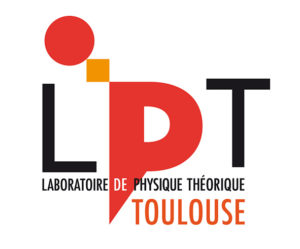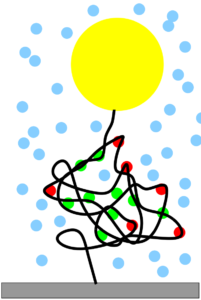StatPhysChrom
The bacterial nucleoid: from statistical physics models to synthetic prokaryotic chromosome
Research project selected under the 2021 call for proposals
Principal Investigator : Manoel MANGHI
Involved Teams :
- LPT / PhysStat
- IPBS
- LMGM
Type of project : Disruptive Project
Date (start/end) : 2021 – 2024

Phase separation of cellular material into mesoscopic or macroscopic liquid-like droplets has recently emerged as a fundamental organizing principle in prokaryotic cells, notably of their genetic material. With the ultimate goal to rationalize the different physical theories describing phase separation in the bacterial nucleoid, and its biological implications, we aim in this project at establishing phase diagrams of model systems constituted of DNA, seen as a charged semiflexible polymer, evolving in a ionic solvent enriched in crowders (proteins, ribosomes, small nucleic acids) as well as proteins directly interacting with DNA. The project relies on the combined use of analytical and numerical tools that will rely on the methods of statistical mechanics, both in equilibrium and out of equilibrium. To test our theoretical approaches, in vitro experiments will be conduct in Toulouse (IPBS and LMGM) that rely on a high-throughput single-molecule assay, the tethered particle motion technique parallelized on a DNA chip.
